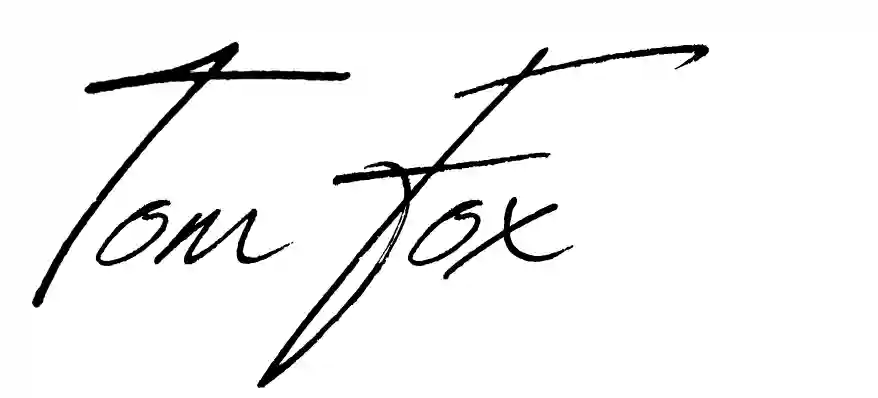The Anti-Pitch: Ditch the Monologue and Embrace the Conversation
Alright, you persuasive powerhouses, let’s talk about the pitch.
Now, before you start picturing me standing on a stage, blinding my audience with a PowerPoint presentation and a laser pointer (though, hey, a little showmanship never hurts), let me clarify – this isn’t about delivering a rehearsed monologue or reciting a memorized script.
It’s about creating a genuine connection, understanding your prospect’s needs, and guiding them towards a solution that makes their life better.
Done with the endless sales theory and ready to actually close more deals? If you want to skip the ‘WHY’ and get straight to the ‘HOW’?
Make “Coffee with a Closer” your next move. Get weekly, battle-tested action steps delivered directly to your inbox – no fluff, just results.
The Pitch: It’s a Dance, Not a Dictatorship
Think of the sales pitch as a dance, not a dictatorship.
You’re not there to force your product or service down their throat; you’re there to lead them gracefully across the dance floor, building rapport, creating trust, and ultimately, guiding them towards a “yes.”
The Power of Friendship (No, Seriously)
One of the most effective ways to deliver a killer pitch is to treat your prospect like a friend. This means:
- Being authentic and genuine: Let your personality shine through. Be yourself, not a sales robot. People can spot inauthenticity a mile away, and it will erode their trust.
- Showing empathy and understanding: Listen actively, ask questions, and show that you genuinely care about their needs and challenges. Put yourself in their shoes and try to see things from their perspective.
- Creating a comfortable atmosphere: Make them feel relaxed and at ease. Don’t be afraid to use humor, share personal anecdotes, and build a connection. People are more likely to open up and be receptive to your message when they feel comfortable.
The Perfect Pitch: It’s Not About the Setting
The perfect pitch doesn’t require a fancy boardroom or a high-tech presentation.
It can happen anywhere – in a coffee shop, on a golf course, or even in a cigar lounge (I once closed a deal on a cocktail napkin!).
The key is to create a connection with your prospect, regardless of the setting.
Make them feel like you’re on their team, that you understand their needs, and that you’re there to help them achieve their goals.
“Don’t just pitch, connect! Turn the sales pitch into a dance of discovery, guiding your prospects gracefully towards a ‘yes’.”
Tom Fox
Setting the Stage: Transitioning to Pitch Mode
Once you’ve built rapport and qualified your prospect, it’s time to transition to the pitch.
But don’t just abruptly switch gears and start talking about your product. Instead, create a smooth transition by:
- Summarizing their needs: “So, it sounds like your biggest challenges are…”
- Offering a solution: “I have a solution that might be able to help you with that…”
- Asking for permission to share more: “Would you be open to hearing more about how our product can address those challenges?”
The Power of Focus (and Asking the Right Questions)
Once you have their permission to pitch, it’s time to gather more information.
Ask detailed questions about their goals, their challenges, their budget, and their decision-making process.
The more you know about them, the better you can tailor your pitch to their specific needs.
Don’t Let Them Get Away with Vague Answers
If they give you vague answers, dig deeper.
Ask clarifying questions, challenge their assumptions, and make sure you fully understand their needs and motivations.
Example:
- Prospect: “We need a faster solution.”
- You: “Interesting. What do you mean by ‘faster’? How fast is fast enough? And what are the consequences of not having a faster solution?”
The “Yes” Trap (It’s Not Always a Good Thing)
Be wary of the “yes” trap.
Sometimes, people say “yes” just to be polite or to avoid conflict.
Make sure their “yes” is genuine by asking follow-up questions and clarifying their understanding.
Example:
- You: “Does that make sense?”
- Prospect: “Yes.”
- You: “Great! Can you summarize what we’ve discussed so far, just to make sure we’re on the same page?”
The Psychology of the Pitch
The art of the pitch involves several key psychological principles:
- Reciprocity: When you offer something of value, such as your time, expertise, or a free trial, it triggers a sense of reciprocity in your prospect. They feel more obligated to listen to your pitch and consider your offer.
- Social Proof: People are more likely to do something if they see others doing it. Sharing testimonials, case studies, or data that demonstrates how others have benefited from your product or service can be persuasive.
- Authority: People tend to trust and follow those they perceive as experts or authorities. Positioning yourself as an expert in your field can increase your credibility and influence.
- Liking: People are more likely to buy from someone they like and trust. Building rapport and creating a genuine connection with your prospect can increase your chances of closing the deal.
- Commitment and Consistency: Once people make a small commitment, they’re more likely to follow through with larger commitments. This is why getting small “yeses” along the way can pave the path to a final “yes.”
Ready to master the art of delivering compelling pitches that build rapport, uncover needs, and close deals? Sign up for the “Coffee with a Closer” and receive practical techniques to transform your sales presentations into engaging conversations, qualify effectively, and guide your prospects towards a confident “yes.”
The Pitch: It’s a Conversation, Not a Monologue
The most effective pitches are those that feel like a conversation, not a monologue.
Engage your prospect, ask questions, and listen actively.
Make them feel like you’re truly invested in helping them find the best solution.
By understanding and applying these psychological principles, you can turn your sales conversations into collaborative problem-solving sessions that lead to win-win outcomes.

PS: Want the most powerful persuasion hacks delivered straight to your inbox? Sign up for the “Coffee with a Closer” today!


